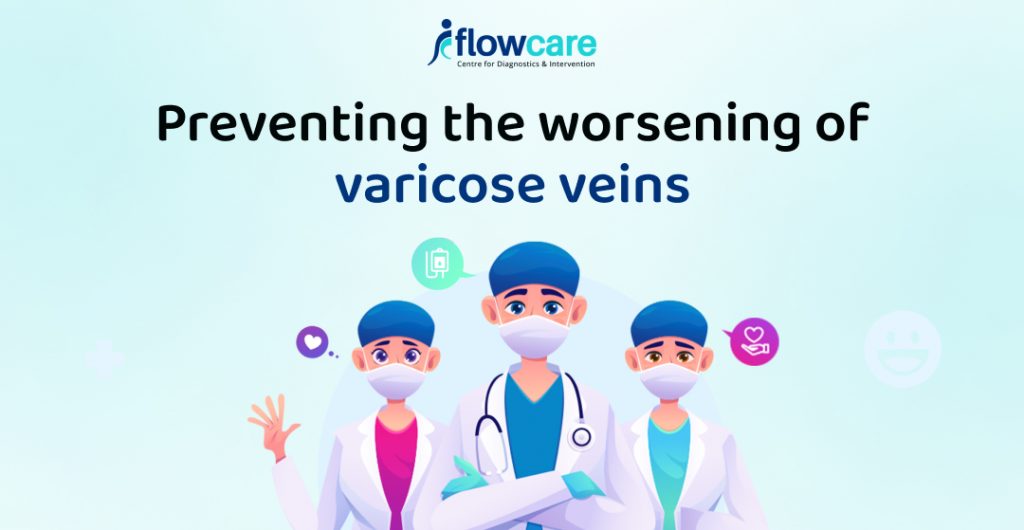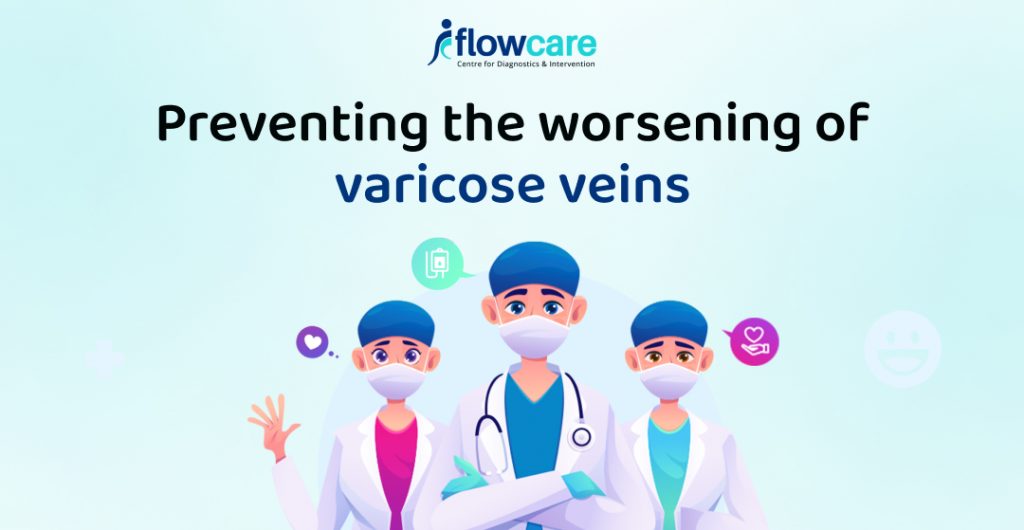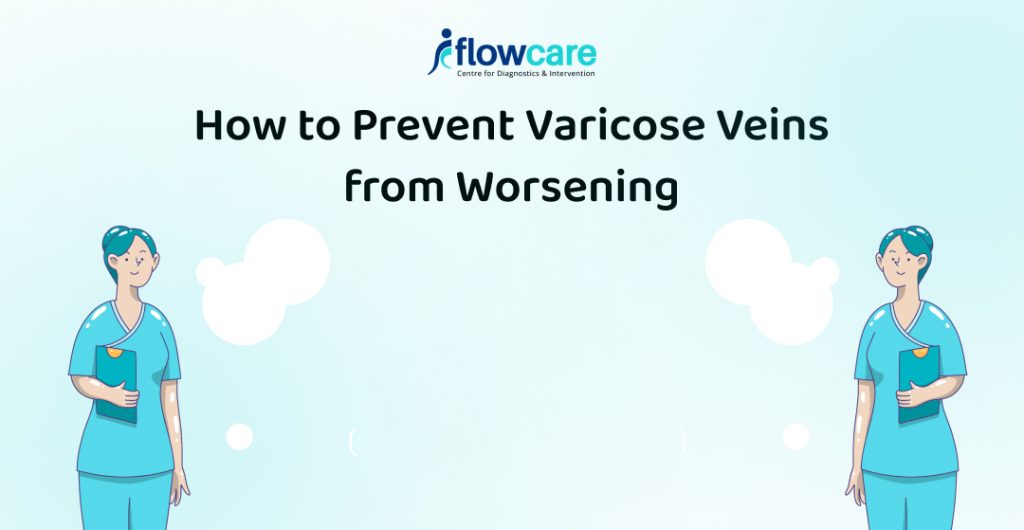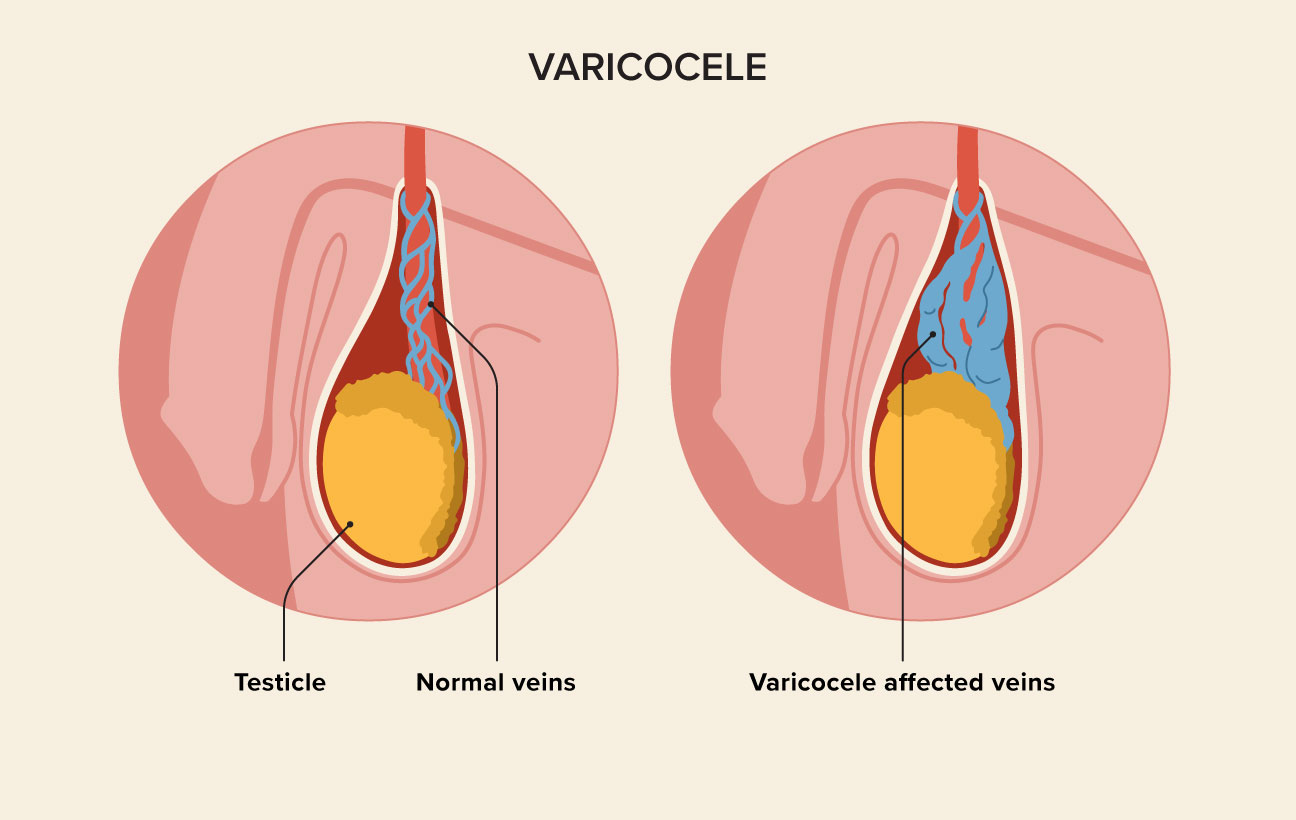
Preventing the worsening of varicose veins

First, the good news: Problems aren’t usually caused by varicose veins. They can sometimes be cured by making straightforward lifestyle adjustments.
The bad news is that varicose veins are ugly, possibly to the point where you avoid donning your favourite skirt or shorts. This illness can be excruciatingly uncomfortable. Blood clots, skin ulcers, and sores are further side effects of varicose veins. This means that you are susceptible to experiencing the pain and discomfort brought on by varicose veins as long as you have them.
Your primary care physician should be your first port of call if you are currently experiencing varicose vein-related problems. You can get advice from your primary care doctor at CMC about the best course of action. In the interim, if you already have varicose veins, take advantage of these helpful suggestions to stop them from getting worse.
Let’s first examine their causes, though.
Varicose veins: What causes them?

Blood is carried to the heart through veins. They all feature a one-way valve that facilitates the blood flow to your heart; picture it as a turnstile. Now consider what would occur if that “turnstile” ceased to operate. When it comes to varicose veins, the same thing occurs. Because of the damage to this one-way valve, blood is accumulating in your veins. An ensuing swelling and discomfort occur.
In addition to making your skin sag, varicose veins are rope-like, blue or red, and can even be visible.
According to the Office on Women’s Health, they occur most frequently on the thighs, inside of the leg, and the back and front of the calves.
Do we have a chance of getting varicose veins?

If any of the following describe you, you are more likely to develop varicose veins:
- Family Background
We’re sorry to break it to you, but you have a higher chance of getting varicose veins if your mother did. The National Heart, Lung, and Blood Institute estimates that 50% of people with varicose veins have a family history of them.
- Age
Your veins’ valves may not function as well as they did when you were younger as you get older. This adds to the list of varicose vein risk factors.
- Pregnancy
Not only does your expanding baby put a strain on your bladder, but it also puts pressure on the veins in your legs. Fortunately, three to twelve months following delivery, the veins typically get better.
- Being obese or overweight
Your veins are put under more pressure by this extra weight, increasing the danger.
- Spending prolonged lengths of time sitting or standing
We’re addressing you, office personnel. Long periods spent in one posture make your veins work harder, which puts you at risk.
- Existing blood clots
If your legs or veins have been damaged in any way, this could weaken them and increase your risk of getting varicose veins.
How to Prevent Varicose Veins from Worsening

There are a few simple steps you may do to increase the blood flow to your legs. As a result, you can stop the progression of your varicose veins. Try the following.
1. Regular exercise
The muscles in your legs are your best companions. Why?
They support the veins that provide blood to the heart. This is quite useful because your muscles are fighting gravity. Any kind of leg exercise can help to stop the growth of new varicose veins.
2. If you’re overweight, lose weight
Your legs are put through more stress if you are overweight or obese. Losing weight also stops new varicose veins from appearing. In Addition to assisting with varicose veins, lowering weight has many other advantages. Additionally, it lessens your risk of heart disease, stroke, and Type 2 diabetes.
3. Avert prolonged standing or sitting
In today’s office workers, varicose veins are more likely to appear or worsen if they already do. Every 30 minutes, don’t forget to get up and walk around for a few minutes, even if it’s just to the bathroom and back. Compared to when you’re in a chair, this compels your leg muscles to transport blood toward your heart more.
4. Don’t forget to raise your feet
Put your feet up on a stool or chair that is set up so that blood can flow back toward your heart, if at all possible. This is especially important if your line of work requires you to stand or sit for long periods of time.
5. Put on a support hose
This is a helpful preventative step to perform to help prevent varicose veins from developing. For many people, even though they don’t exert as much pressure as compression stockings, this is adequate.
6. Make a compression hose purchase
These are available without a prescription, or you can ask your doctor for a compression hose that is stronger. When pressure is given to your ankle and lower thigh, blood flows back to your heart.







